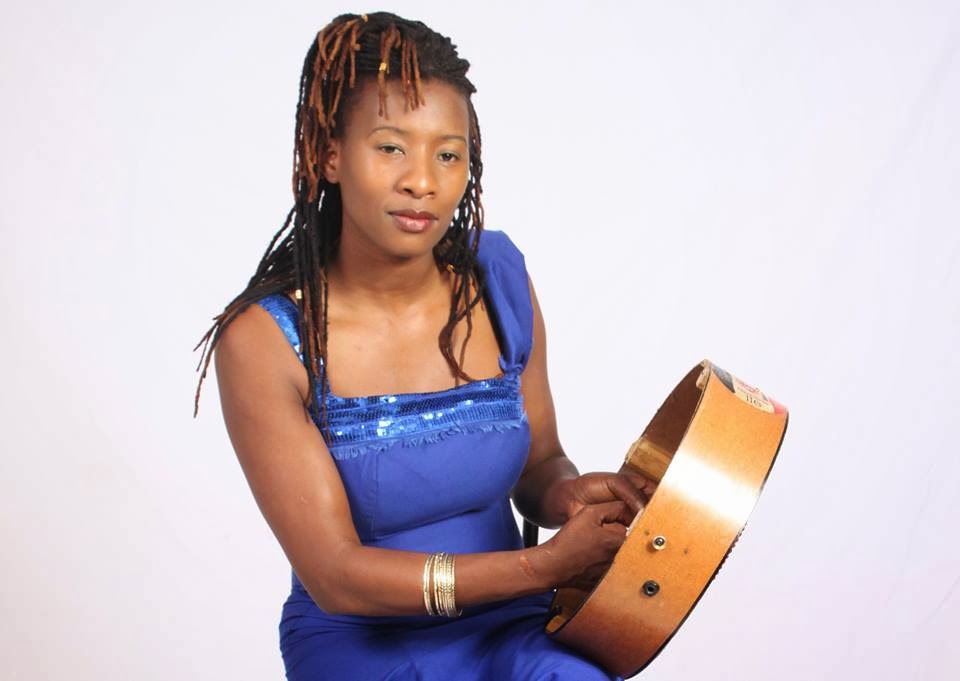
I LOVE music. I listen to music. For many years I have been following Fungisai Zvakavapano-Mashavave’s music. I used to feel a voice behind her voice indicating that her music is appeasing a certain ancient voice following her.
BY TINASHE MUCHURI
This is very clear in not the traditional beat on all her albums, but even her dance movements suggest the same.
I am of the understanding that all music is spiritual. Traditional beat is synonymous with the appeasement of the ancestral spirits. But some lyrics on traditional beats appease the Holy Spirit than the ancestral spirits. Thomas Mapfumo’s Chipo Ndechangu, Leonard Musorowenyoka Dembo’s Mutadzi Ngaaregererwe from the album Ndinokumbira Kurarama, Nicholas Zakaria’s Mabvi naMagokora, Simon Chimbetu’s Samatenga, Oliver Mtukudzi’s Seiko, among other songs in the secular world, speak gospel language and touch my innermost person.
What defines a music genre? Is it the lyrics or the beat? What is it? Wikipedia defines gospel music as “a music genre in Christian music. The creation, performance, significance and even the definition of gospel music vary according to culture and social context. Gospel music is composed and performed for many purposes, including aesthetic pleasure, religious or ceremonial purposes, and as an entertainment product for the market place. Gospel music usually has dominant vocals (often with strong use of harmony) with Christian lyrics. Gospel music can be traced to the early 17th century, with roots in the black oral tradition. Hymns and sacred songs were repeated in a call and response fashion”.
Taking from the above definition, Fungisai’s new album and others are that part of gospel music that is for the marketplace. In Pindirai Jesu recorded in 2005, the voice asks God to intervene in a battle she is with those who reap where they never planted. The beat is traditional. The song is full of emotions and Fungisai sings as if she is possessed. Her emotions led many people into suspicion that something was amiss in her marriage. The song was devotional and very personal.That kind of traditional beat can also be traced back to her first album before she was able to play mbira.

But, it is not only in the beat that Fungisai values tradition, but also in her lifestyle. Her marriage to Courage Mashavave is a testimony that Fungisayi values tradition. Fungisai and Courage belong to the Varemba people who are believed to be the black Jews in Zimbabwe and who are suspected to be the last holders of the biblical Ark of the Covenant, Ngoma Lungundu, which is housed at the Harare Museum. Scientists, however, argue it is not the biblical covenant box because it is spherical in shape.
- Chamisa under fire over US$120K donation
- Mavhunga puts DeMbare into Chibuku quarterfinals
- Pension funds bet on Cabora Bassa oilfields
- Councils defy govt fire tender directive
Keep Reading
In the culture of Vamwenye, no one is allowed to marry outside of the clan. Every son or daughter of the Vamwenye marries from within. It is their belief that this will allow them to maintain their culture.
Vamwenye practice circumcision not as a tool to minimise chances of HIV infection, but as a cultural norm. Young boys are circumcised around the age of 12 and 13. Girls also undergo training for womanhood. Many people prefer calling this training Chinamwali. Calling uncircumcised men “useless” could have been an expression of the general belief in her culture where “real men” are circumcised as part of their initiation into manhood.
Fungisai is still a preacher girl in this new offering Chenai Moyo: Social Facts II. In the song Jek Muremba, she praises her husband by his totem. Here she is actually going back to ancient times when women used to praise their husbands by their totems when they brought game from the forest. It is this practice that is no longer practiced by many Christian women who regard it is pagan. Yet she boldly decided to stand for tradition and defend it. But the Bible teaches women to respect their real husbands and Fungisai is here praising her husband, but deems the song a love song, not gospel.
In Makandirera Ndikakura, Fungisai is giving honour to her parents who raised her as the Bible commands.
Kugara Ndega is a prayer in which a woman implores God for a marriage partner while in Haiwa Kunyebashe advises the married woman not to play around with younger, unmarried people. Here Fungisayi is at the Women Fellowship giving advice to women to keep their marriages intact.
In the song Hupenyu she draws wisdom from the Bible which says life is short for “Man born of a woman is of few days, and of full of trouble.” She then advises people not to waste time on hearsay and backbiting.
Hallelujah Amen sums it up. Here Fungisai speaks of her dream to rise to high levels in life by the grace of God. The album is a devotional work of art and gospel music. In this album Fungisayi is having a personal conversation with God.
Fungisai is not alone in this traditional beat. ZCC also use the Chinyambera beat even in their brass music and dance. Charles and Olivia Charamba also use the Mhande beat in their music and in the song, WeNazareta. Even with the Afro-jazz beat laced with a Mhande beat, the album is still referred to as a gospel album and is judged as such.
This also reminds me of the late Cephas Mashakada who used Jiti in his “gospel” music, although some people felt he was singing funeral songs. It is not the beat that separates gospel from secular, but the lyrics.











